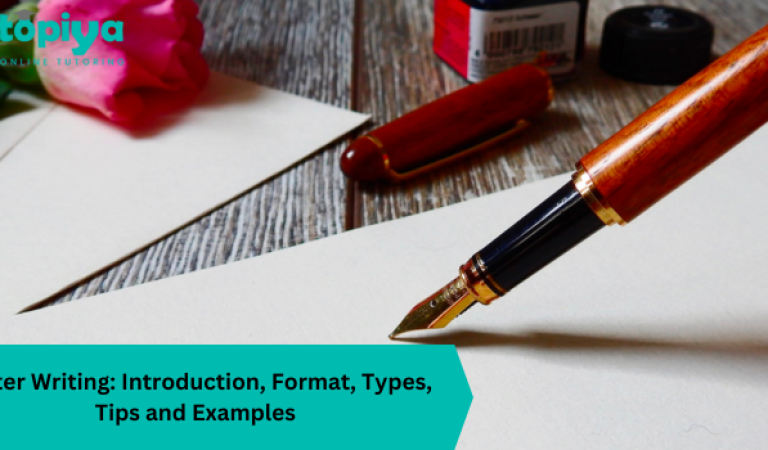- Looking for how to write letter writing. Check out letter writing format, types, tips and examples of letter writing.
What is Letter Writing, Types, Format, and Examples of Letter Writing
Before the rise of contemporary technology, which has simplified communication, the skill of composing a letter held significant importance. In present times, a letter remains a crucial mode of communication, both within professional environments and personal relationships. Let’s enhance our understanding of the intricacies involved in the art of letter writing.
Must Read: Home Tutors in Malaysia: Connect with Top-Rated Home Tutors Across Malaysia
What is Letter Writing ?
Letter Writing – In an increasingly digital environment, letter writing provides a physical link through communication that transcends time. It’s a purposeful, deliberate act in which words are picked with care to express feelings, concepts, or facts.
Letter writing gives a personal touch that digital messaging doesn’t always provide, whether it’s for news sharing, sentimental notes, or expressions of thanks. Every letter turns into a distinct artifact that perfectly captures the sender’s voice and character. Because the writer takes the time to carefully create a message by hand, the method cultivates a feeling of closeness.
Even in this day of quick messaging, letter writing upholds the value of thoughtful and emotional communication.
Must Read: Notice Writing: How to write, Format, Examples
How to Write Letter Writing
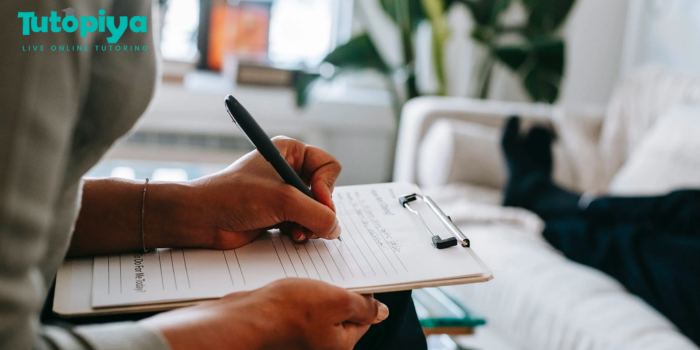
Composing a letter is a thoughtful task that requires several components to provide clear and efficient communication. A formal structure is created in a letter by starting it with the sender’s name and address.
To create professional communication, the recipient’s information should be listed after the sender’s, as it is equally important. “Dear Mr./Ms./Dr. [Last Name],” is a formal salutation that maintains a courteous tone and seamlessly transitions into the introduction, outlining the purpose of the letter.
The letter’s body functions as its informative core, with each paragraph devoted to a single topic and presented logically. The persuasiveness of the letter is increased when pertinent information, examples, or supporting documentation are included.
In the final paragraph, the main ideas are summed up and any necessary actions or thankfulness may be suggested. A touch of formality is added by the choice of a complimentary closing that comes before the sender’s signature. Visual clarity is ensured by careful formatting, which includes font size and selection.
Whether the correspondence is business, informal, or personal, proofreading is still crucial for identifying errors and ensuring the professionalism and efficacy of the writing. To get the best possible communication results, a letter’s structure, tone, and details must all be carefully orchestrated.
Must Read: Report Writing Format, Tips, Samples and Examples
Types of Letter Writing
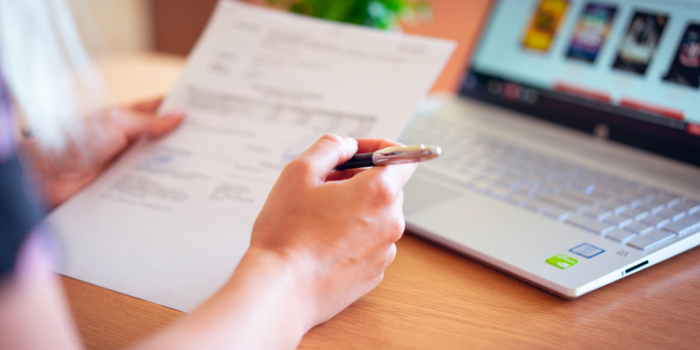
Formal Letter:
- Business Letter: Used for professional communication between companies, clients, or individuals. It follows a formal structure and tone.
- Cover Letter: Accompanies a resume when applying for a job, providing additional information about the applicant’s qualifications and interest in the position.
Must Read: Unveiling the Benefits, Challenges and Online Resources of Homeschooling in Malaysia
Informal Letter:
- Personal Letter: Used for casual or personal communication between friends, family members, or acquaintances. It has a less formal structure and tone.
- Friendly Letter: Similar to a personal letter, it is written to a friend or someone the writer knows well. It often includes personal anecdotes and updates.
Official Letter:
- Government Letter: Written by or to government officials for official communication.
- Official Correspondence: Used for communication within an organization or company.
Social Letter:
- Invitation Letter: Invites someone to an event, function, or gathering. It provides details such as date, time, and venue.
- Thank You Letter: Expresses gratitude for a gift, favor, or any kind of assistance.
Must Read: Directed Writing: Format, Benefits, Topics, Common Mistakes and Examples
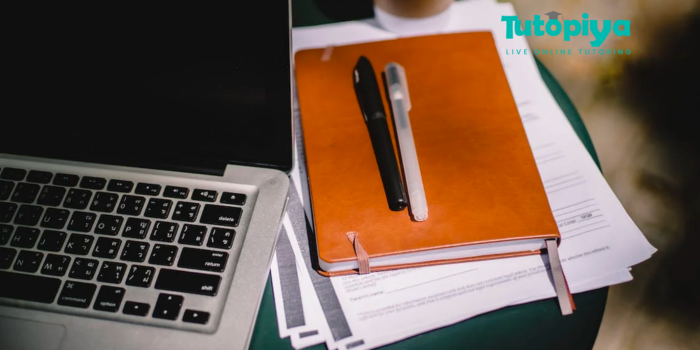
Letter Writing Tips
Clarity and Conciseness: In the first paragraph of your letter, state your aim clearly. Get to the point quickly and without adding extraneous details. To ensure that your message is understandable and clear, use succinct language.
Considering the Audience: Adjust the language and tone of your letter to the intended recipient and the letter’s goal. A personal letter to a friend will sound different from a professional business letter. Take the recipient’s viewpoint into account and modify your communication approach as necessary.
Logical arrangement: Sort your ideas into logical order. Organize your thoughts so that distinct points are presented in separate paragraphs. To ensure a smooth transition between paragraphs, each one should concentrate on a distinct facet of your argument.
Being Professional and Polite: For the duration of the letter, keep your tone professional and courteous. When greeting and closing someone, use proper language and refrain from using any offensive or impolite words. A certain amount of civility is essential, even in more informal or intimate correspondence.
Editing: Make sure your letter is well proofread for punctuation, grammar, and spelling mistakes before sending it. A letter that has been proofread thoroughly shows attention to detail and increases your credibility. Ask someone else to proofread your letter if at all possible, as they may see errors that you missed.
Letter Writing Examples
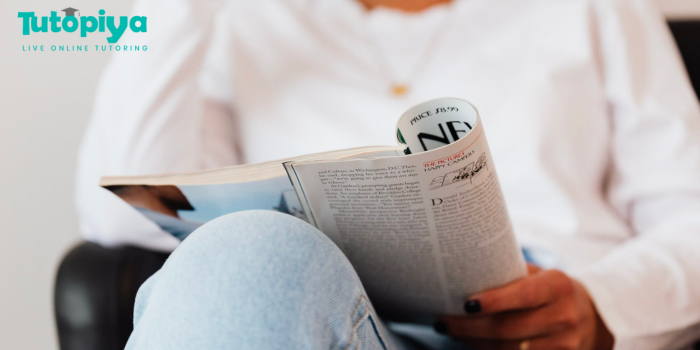
Formal Business Letter:
Your Name
Your Title (if applicable)
Your Company Name (if applicable)
Your Address
City, State, ZIP Code
Email Address
Date
Recipient’s Name
Recipient’s Title (if applicable)
Company Name
Address
City, State, ZIP Code
Dear Mr./Ms./Dr. [Last Name],
Opening paragraph: Clearly state the purpose of the letter.
Body paragraphs: Provide details, supporting information, or necessary context.
Closing paragraph: Summarize key points and suggest any necessary follow-up action.
Complimentary Close:
Sincerely,
[Your Full Name]
Your Typed Signature
Must Read: Cambridge IGCSE: Benefits, Subjects, Grading Scheme, and Tips
Informal Personal Letter:
Your Name
Your Address
City, State, ZIP Code
Email Address (optional)
Date
Recipient’s Name
Recipient’s Address
City, State, ZIP Code
Dear [Friend’s Name],
Opening paragraph: Begin with a warm greeting and a brief update.
Body paragraphs: Share personal news, stories, or information.
Closing paragraph: Express well wishes or reference future plans.
Complimentary Close:
Yours truly,
[Your Full Name]
Your Handwritten Signature (if sending a hard copy)
Must Read: Tutopiya: Revolutionizing Education with AI-Powered Learning
Letter Writing Solved Examples
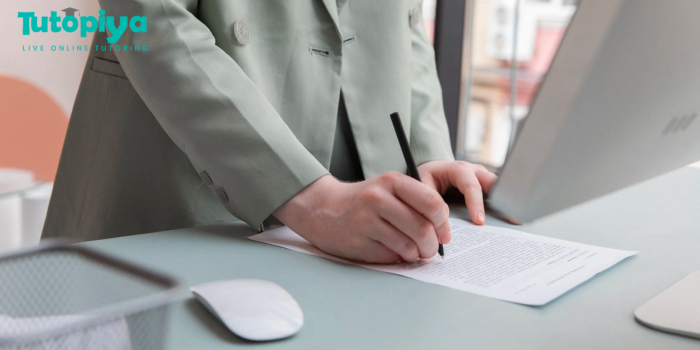
Formal Complaint Letter:
[Your Name]
[Your Address]
[City, State, ZIP Code]
[Email Address]
[Date]
[Company Name]
[Customer Service Department]
[Company Address]
[City, State, ZIP Code]
Dear [Customer Service Manager],
I am writing to express my dissatisfaction with the recent [product/service] I purchased from your company. [Provide a concise description of the issue, including relevant details such as order number, date of purchase, etc.]
I have attached [copies of receipts/photos of the issue] for your reference. I understand that issues can arise, but I am hopeful that your company can rectify this situation promptly. I kindly request [replacement/refund/repair] for the [defective/damaged] [product/service].
I appreciate your attention to this matter and hope for a swift resolution. Please contact me at [your phone number] or [your email address] to discuss this further.
Thank you for your prompt action on this matter.
Sincerely,
[Your Full Name]
[Your Contact Information]
Informal Invitation Letter:
[Your Name]
[Your Address]
[City, State, ZIP Code]
[Email Address]
[Date]
[Recipient’s Name]
[Recipient’s Address]
[City, State, ZIP Code]
Dear [Friend’s Name],
I hope this letter finds you well. I am excited to invite you to [event/occasion] taking place on [date] at [location]. We are organizing [brief description of the event], and your presence would mean a lot to me.
The event will start at [time], and we have planned [mention any specific activities or agenda]. It promises to be a fun and memorable gathering.
Please RSVP by [RSVP date] so that we can make the necessary arrangements. I look forward to celebrating this special occasion with you.
Best regards,
[Your Full Name]
Pankaj Dhiman
With over 6 years of experience in SEO, this expert specializes in achieving outstanding ranking results through a blend of on-page, off-page, and technical SEO techniques. Bringing deep knowledge of SEO strategies, algorithms, and trends, they excel at boosting organic visibility and driving high-quality traffic. Additionally skilled in content writing, they create engaging, SEO-optimized content that enhances site performance and aligns seamlessly with search engine optimization efforts for holistic success.

